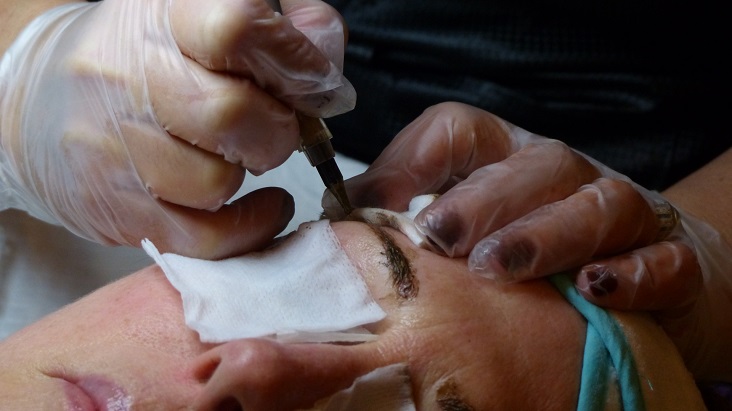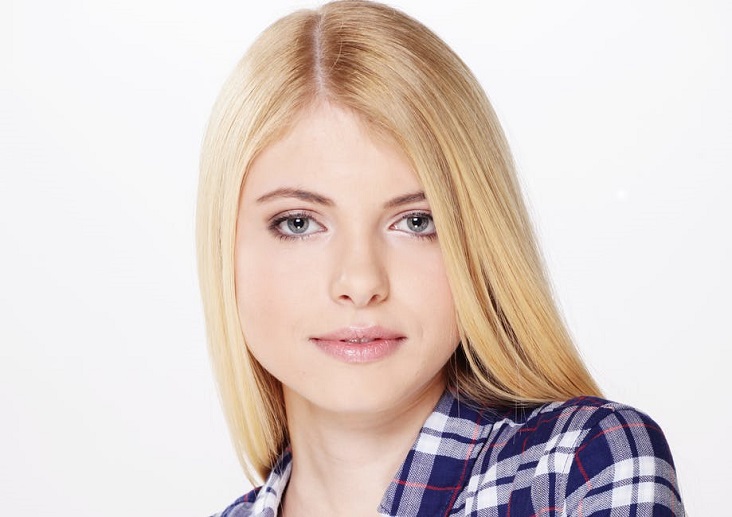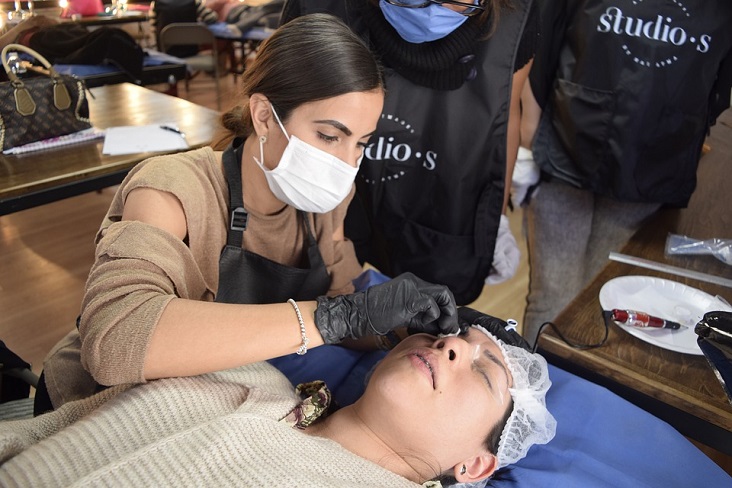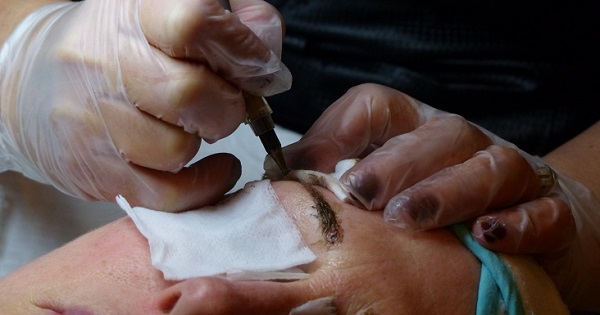Permanent makeup is extremely useful to those who wish to wear makeup but have trouble applying it dues to various reasons. These reasons included allergic reactions to make-up, having vision deficits, suffering from tremors, restrictions due to arthritis or multiple sclerosis. Alopecia suffers, a disease that attacks your hair follicles, may have their eyebrows filled in. Permanent makeup can also camouflage scarring on face and other parts of the body. And some elect this procedure simply to save time in the morning or to save money on makeup products.
Permanent makeup artists can successfully mimic topically applied cosmetics, such as eyebrow pencils, lip liner, eyeliner, eyebrow pencils, and more. Procedures begin to look their most natural a few weeks after the application. But, the pigmentation of permanent makeup may fade over time, especially when exposed to excessive sunlight. It can last for close to a decade, with some minor touch ups, before significant fading.
Job Outlook
Looking a a recent (2015) Industry Profile Study from the Society of Permanent Cosmetic Professionals (SPCP), many permanent makeup artists have esthetician training and continue to practice throughout their work as a permanent makeup technician. Many work at permanent cosmetic facilities, while others work at doctors’ offices, day spas, and other facilities. A whopping 87% are self employed and commission percentages ranged from 10-80%. So the industry of permanent cosmetics seems to be thriving, as it’s a fairly new business.

Make it Happen
Education
Like many of these newer beauty industries, every state has different specs for schooling and licensing. Some states have separate permanent cosmetic, licenses, others fall under standard tatooer license regulations and other don’t regulate the profession at all. Most states that offer licenses for this field require a minimum amount of in-school training hours. According to the SPCP study, the majority of professionals say their training ranged from 5 days to two weeks. Also, nearly 97% say that they participate in continued education in permanent cosmetics.
Experience
Some states allow you to apprentice in a permanent cosmetics clinic for all or some of your training hours. In fact, in the SPCP study over 12% of permanent cosmetic professionals got their initial training this way.

Skills & Attributes
Self-Starter
As previously mentioned, many permanent makeup artists are self-employed. This requires a go-getter attitude and lots of hard work. It takes a certain type of person to run their own business and Ogle’s Prosper U can help you hone some of those essential skills like setting goals, effective communication, etiquette, and more.
Dexterity
Permanent makeup professionals need to be good with their hands and able to work in small, concise movements. Through your training and experience, these skills will continue to improve.
Customer Service
Having good customer service will help you get those repeat clients and referrals that you need to stay afloat. For many people, permanent makeup is something that patients will feel nervous or embarrassed about. Making them feel comfortable and confident will go a long way.
Marketing/Sales Skills
Being a good marketer and salesperson will help you get those clients through the door. In the SPCP study, it was reported that most people use social media marketing as their top way of advertising. Check out this post from Ogle’s blog with tips and tricks for marketing through social media.
Salary Potential
Getting accurate statistics on the average salary of permanent cosmetics technicians is tough as many are individually employed or independently contract their services. The SPCP study show that services do range from $200 to $600 and some more advanced procedures cost over $100 an hour. Additional charges that would contribute to a permanent makeup artists salary can included, maintenance visit charges, and commissions.

Tips & Tools
There are several methods and tools used by permanent makeup technicians in the field. Check out this list of different ways to apply permanent cosmetics.
- Microblading: This new trend has been taking the permanent makeup industry by storm! As a variation of the hand method, this technique uses very fine needles that are pulled through the skin to create a hyper realistic hair stroke.
- Digital Rotary Machines: This state of the art machine dispenses pre-sterilized needles in and out of a hand piece making for a fast and easy procedure. The needles hit the skin approximately 1800 times per minute!
3. Coil Machine: This is the traditional tatoo machine that many professionals use for permanent makeup as well. Sometimes you just can’t beat the classics!



